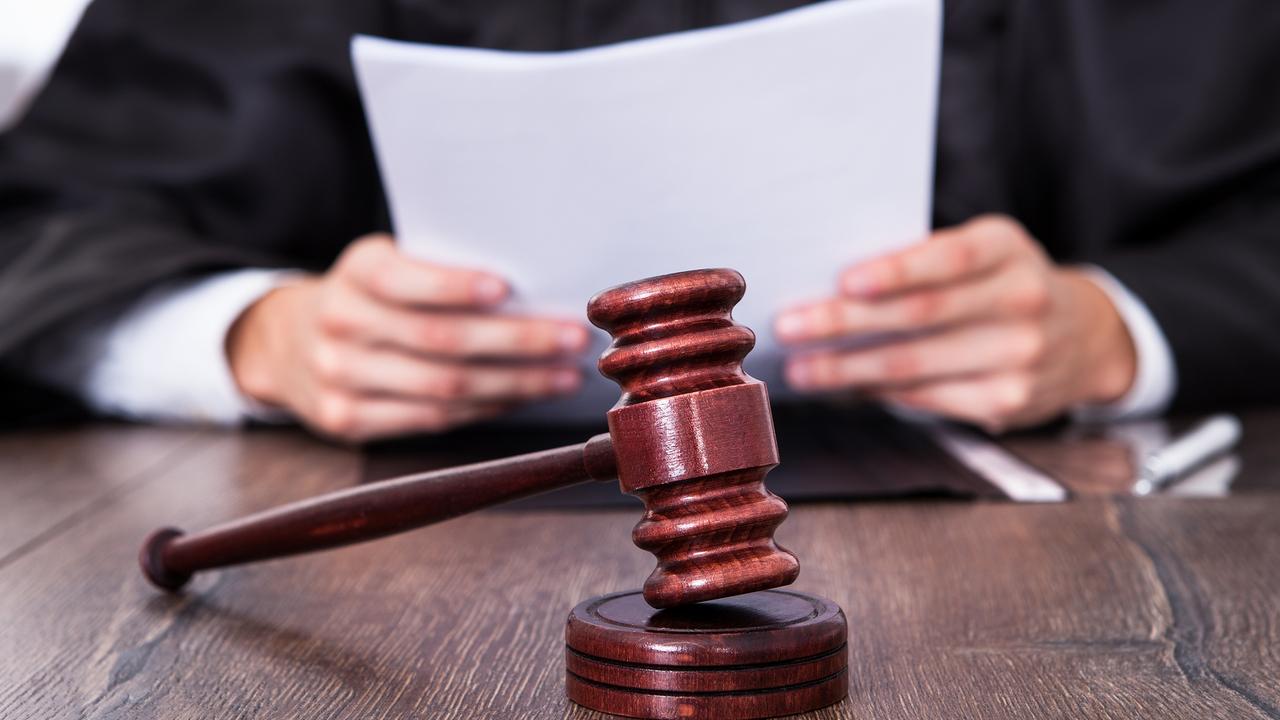Revealed: The common flying test at heart of tragic crash that killed veteran pilots Robert “Bob” Molony and Wayne Saunders at Oakey
The two veteran pilots tragically killed in a shocking regional Queensland plane crash were performing a common test they had completed many times, it has been revealed.
Police & Courts
Don't miss out on the headlines from Police & Courts. Followed categories will be added to My News.
The recertification exercise Robert “Bob” Molony and Wayne Saunders were running when their plane unexpectedly crashed at Oakey was exceedingly common, according to a veteran Toowoomba pilot.
Known as an Instrument Proficiency Check, the recertification tests a pilot’s ability to execute several manoeuvres with low to nil visibility, using only their instruments to guide them.
Allan Bougoure has completed the exercise multiple times and said all commercial pilots must run the exercise once a year.
“Bob was extremely well-known and lots of pilots in Australia would have done their IPC with him,” he said.
“He was probably doing an IPC once a day.”

Mr Molony was a former RAAF pilot who served during the Vietnam War, flying in the second squadron in South Vietnam as a Canberra bomber navigator and the sixth squadron flying F4 Phantoms.
He amassed over 14,000 flying hours over his career and was a Civil Aviation Safety Authority approved testing officer.
Mr Saunders was a pilot employed by the Aero Logistics, out of Newcastle.

Mr Bougoure includes himself in the long list of pilots who ran their IPC with Mr Molony.
“Bob was based at Warwick, we would fly there, doing our ground competency checks on the ground and then fly to Oakey for the instrument checks,” he said.
On their approach to the Oakey Army Aviation Centre airport, Mr Molony would cut one of the plane’s engines to simulate engine trouble.
Meanwhile the pilot would wear a hood, akin to a welding mask, that would limit their visibility.
“The pilot can only see their instruments, but Bob would be sitting beside them as a co-pilot, with full visibility,” Mr Bougoure said.
As per the recertification test, the pilot would approach the runway using their instrument landing system, but would not land.
Instead they would bank to the left, execute a missed approach procedure and climb to about 1000 feet.
“Bob would give them their second engine and they would fly off to another airport for the remainder of the recertification,” Mr Bougoure said.
“They only land when they are back at Warwick.”

Unfortunately, something went catastrophically wrong on Sunday afternoon.
The 35-year-old Cessna Caravan that Mr Molony and Mr Saunders were flying crashed into a paddock a few kilometres north of the Oakey Army Aviation Centre.
The aircraft exploded when it hit the ground, killing the veteran pilots instantly.
According to the Australian Transport Safety Bureau Chief Commissioner Angus Mitchell, the small crash site suggested there was a steep rate of descent.
“Something has quite tragically gone wrong, so our job is to piece together the sequence of events that led into what has occurred on Sunday and the environment that may have influenced that,” Mr Mitchell said.
The ATSB officers will collect evidence from the scene, flight recordings, CCTV footage and witness statements as they piece together the tragedy.
Their report is expected to take at least six weeks to complete.
Meanwhile, the Darling Downs pilot fraternity is coming to terms with the loss of one of their own.
“Bob was as competent as anyone out there,” Mr Bougoure said.
“It goes to show that aviation is very unforgiving if you get it wrong.”







